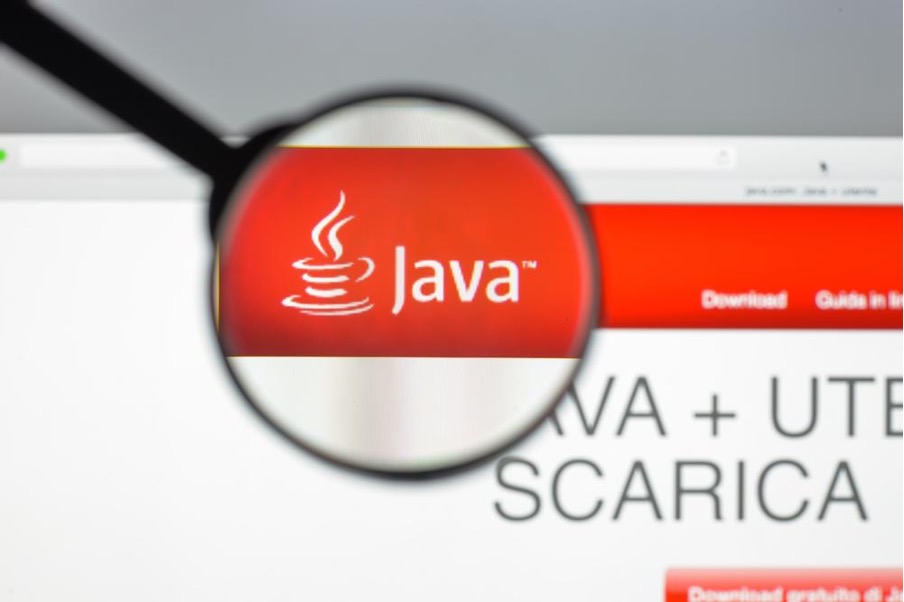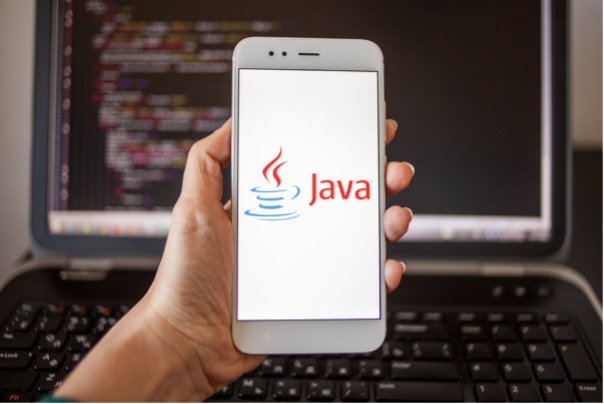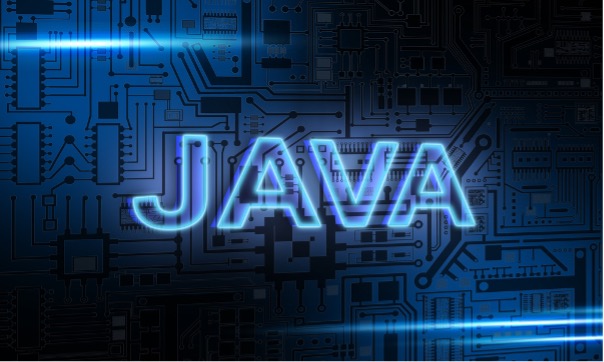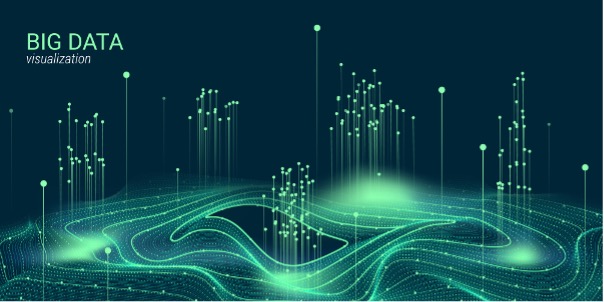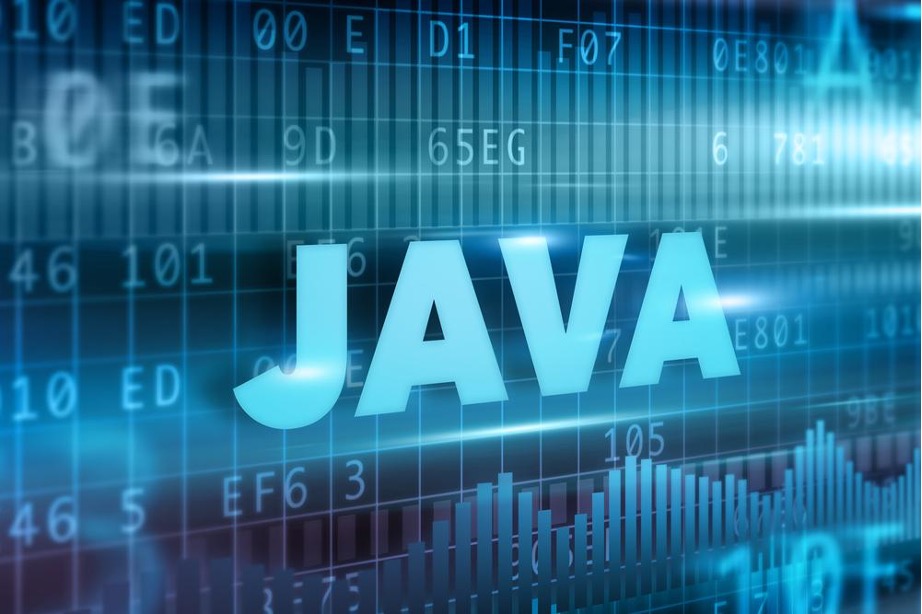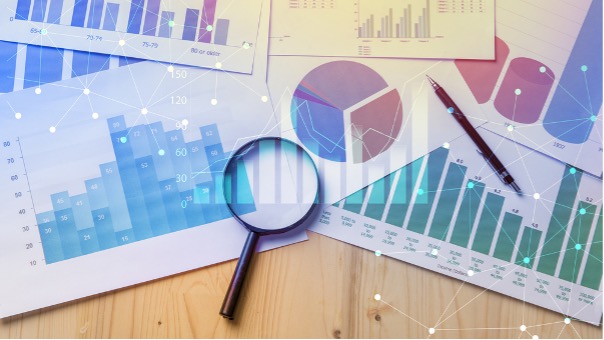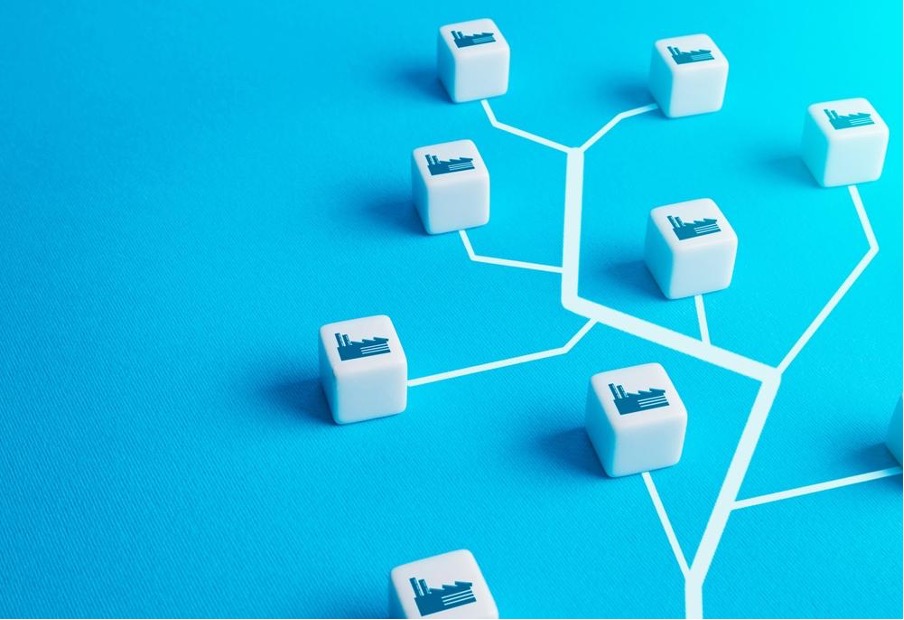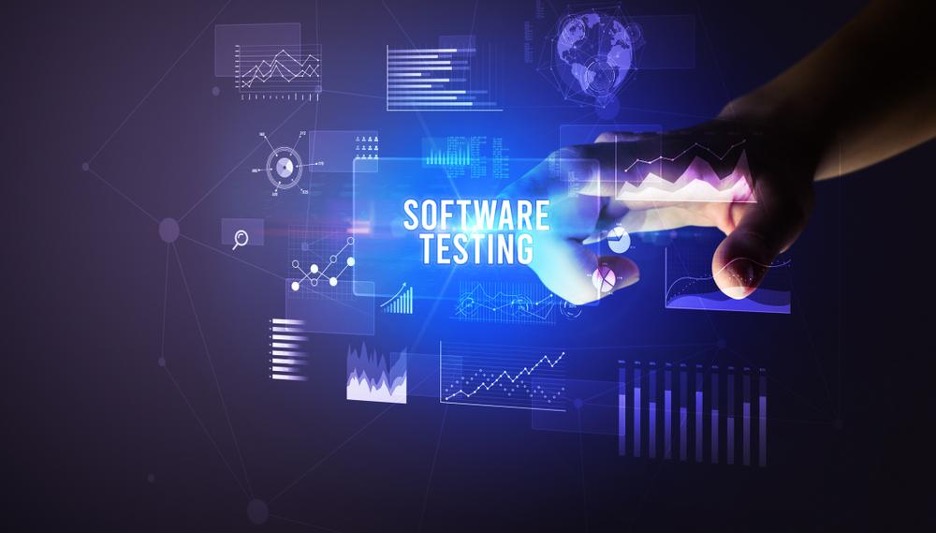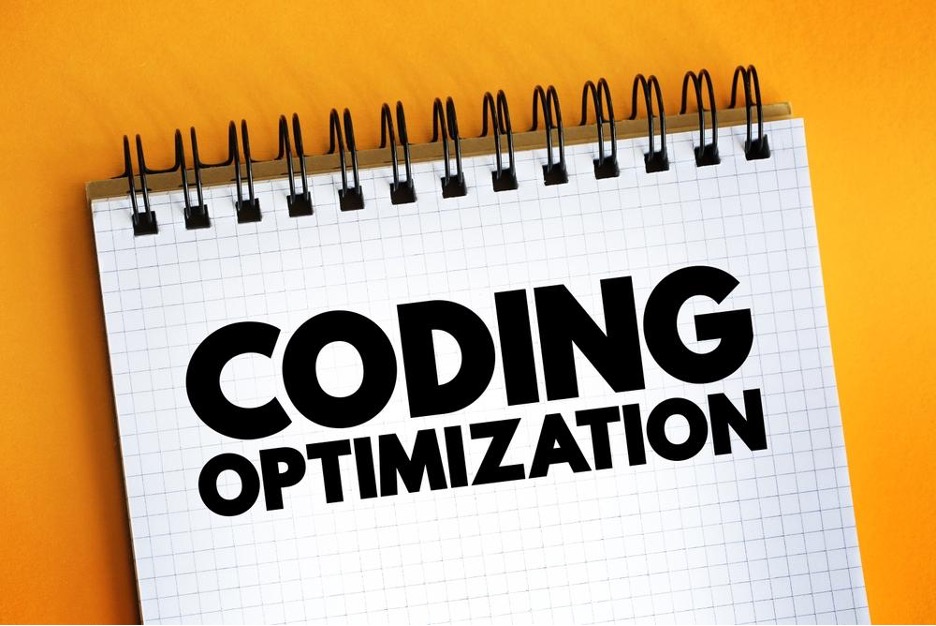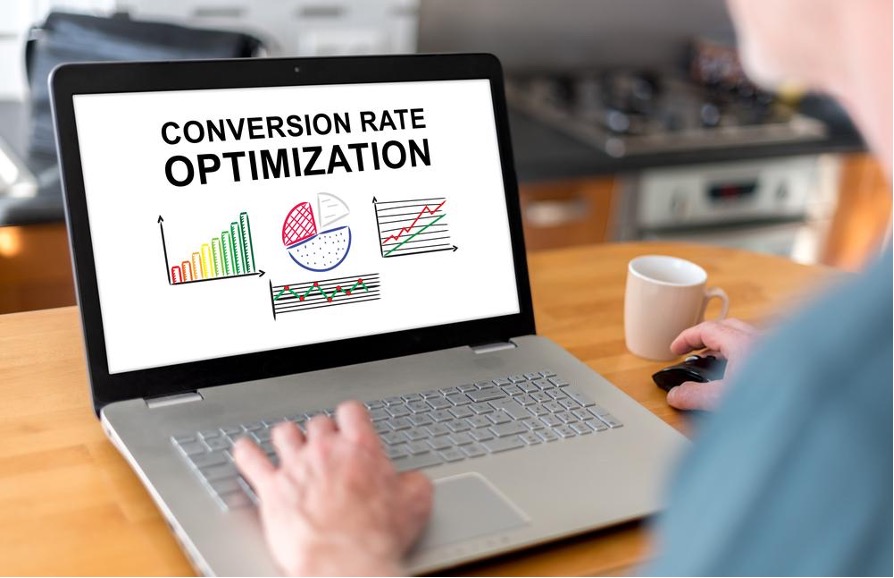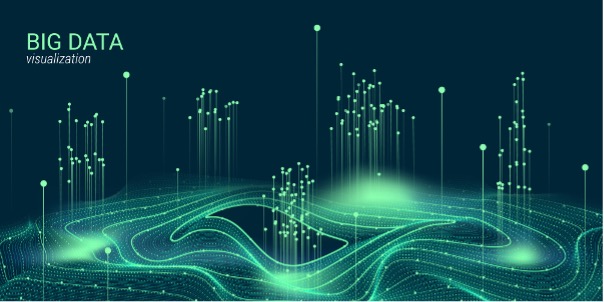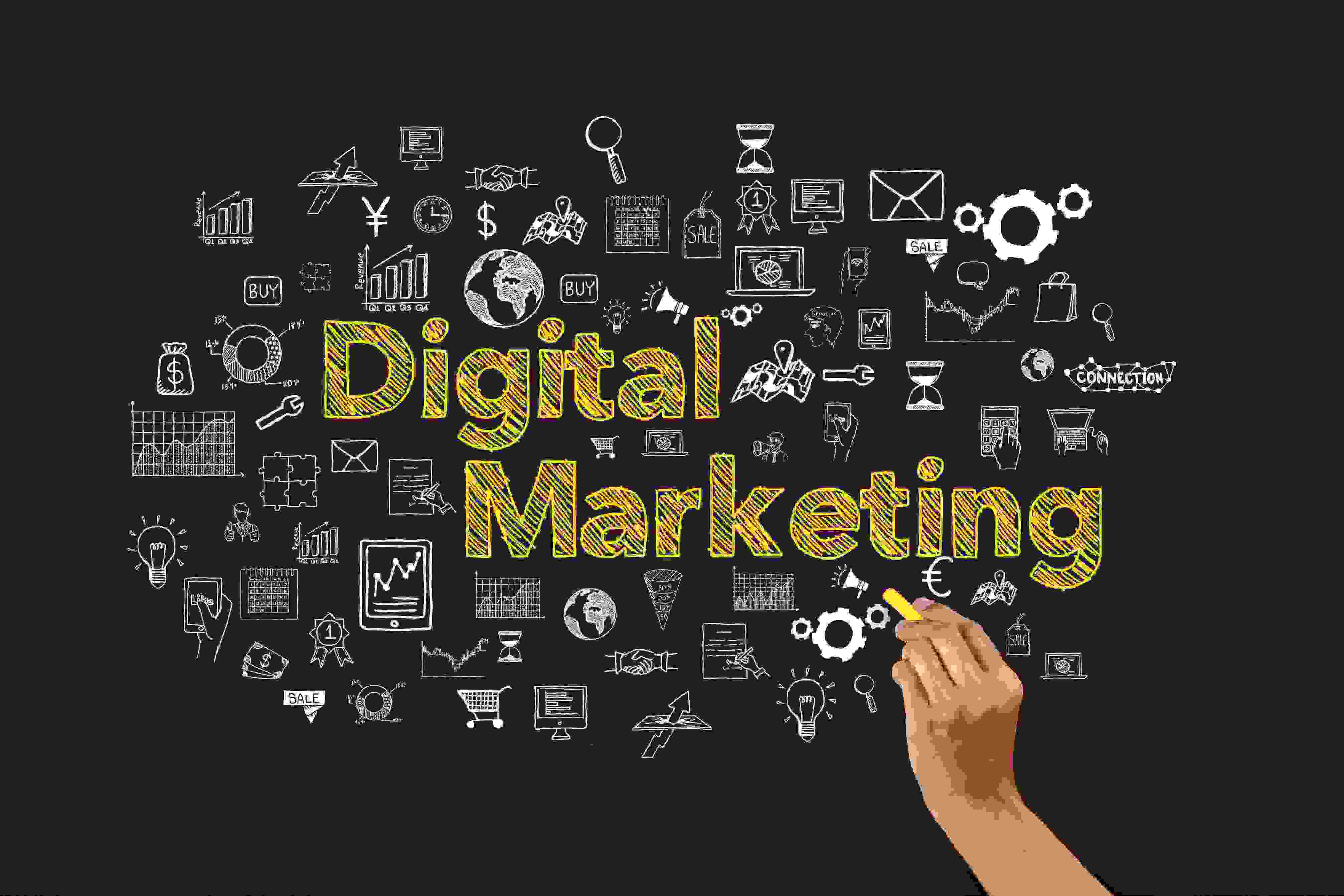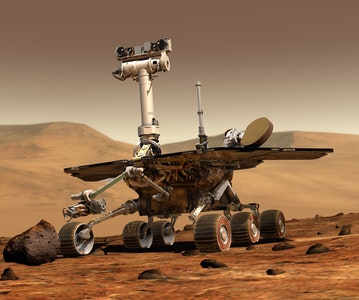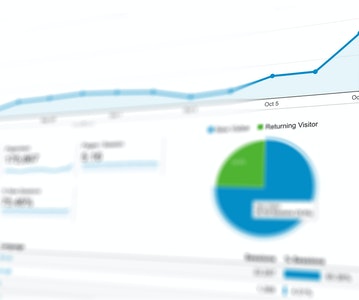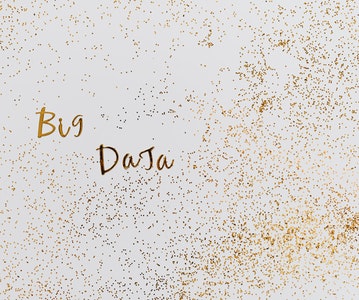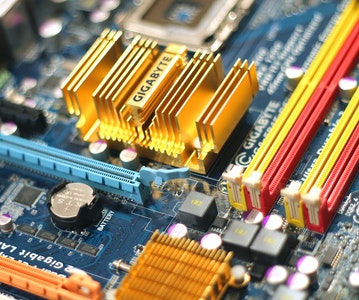This article is about Artificial Intelligence
Role of RDBMS and deep learning in enhancing data analysis
By NIIT Editorial
Published on 09/06/2021
7 minutes
Data Scientists generally associate with databases mostly. The data analysts and engineers have to be proficient in both SQL as well as database management. Being well-versed with RDBMS helps in accessing, communicating and working on data. This enables the alternative data to get filtered and stored more quickly and robustly. But what exactly is RDBMS and what all roles does it play in supporting the Data Scientists? Let’s have a look.
Know all about RDBMS (Relational Database Management System)
While a database is a series of data stored in your computer, a relational database is used as a structure that helps the user in identifying and accessing data as compared to the other piece of the database’s data. Usually, the relational database’s data is systematised into tables.
Relational database comprises tables and rows, also known as records. These records have a lot of columns that have different names as well as data types. Connections can be established between the records while using primary keys and foreign keys so that the table schema relationships are identified. Know that tables can have as many as rows of data and columns are labelled with a descriptive name like age, name, etc. while having a specific data type.
Understanding Structured Query Language (SQL)
Structured Query Language (SQL) is one of the commonly used programming languages that enable communicating with the stored data in a relational database management system. It is comparatively easy to read, write and interpret the SQL syntax as it is a bit familiar to the English language.
The combination of RDBMS and variations of SQL is used to gain access to the data in tables. For instance: SQLite, a type of relational database management system, encompasses a set of SQL commands that are all the same overall RDBMS. However, the other RDBMS might use different variants as well.
Commonly used Relational Database Management Systems
Generally, Syntax may differ a little from each other based on which RDBMS is used. Let’s discuss some of the popular kind of RDBMS:
MySQL
Being one of the most famous open-source SQL databases, MySQL is generally used for accessing PHP and web application development. One of the pros of using MySQL is its easy usage, affordability and reliability. A lot of developers vouch for MySQL.
On the other hand, while scaling it suffers from poor performance and open-source development lags not involving some of the advanced features that developers have a hang of. The takeover of MySQL by Oracle has been conferred to be one of the reasons for such disadvantages.
PostgreSQL
An open-source SQL database that is not controlled by any corporation is known as PostgreSQL. This is used for web application development. The benefits of PostgreSQL are quite similar to MySQL. It is easy to use, affordable and trustworthy while having a large number of developers associated with it. Some additional features are also added as foreign key support without even requiring complex configuration. However, the hindrance lies in the slow performance as compared to the other databases like MySQL.
Oracle DB
The Oracle Database is solely owned by the Oracle Corporation and the code is not open-sourced. Oracle DB is generally for larger applications like the one in the banking industry. Several world’s top banks use Oracle applications as it offers an impactful amalgamation of technology, comprehensiveness, pre-integrated business applications, that will include the vital functionality built for the banks. One of the main drawbacks of Oracle is that it is not free and cannot be used like open-source competitors while being expensive.
SQL Server
The owner of the SQL server is Microsoft. Similar to Oracle DB, here also the code is close sourced. Mostly, large enterprises are inclined to use the SQL server. Though there is a free entry-level version of this server called Express offered by Microsoft, it can be highly expensive as you will keep scaling your application.
SQLite
One of the popular kinds of open-source SQL databases is SQLite. This database has the ability to store the entire database in just one single file. One of the imperative benefits of using this database is that you can easily store the data locally and there is no need to connect your database with any server. SQLite is a popularly picked preference in the case of cell phones, MP3 players, PDAs, set-top boxes and other gadgets.
SQLite Vs PostgreSQL
A lightweight C library for a disk-based database that enables SQL to easily go through the CRUD process is facilitated by an SQLite. Having said that, SQL can be relied upon in the following use cases or applications:
- For a quick and easy installation of internal data storage
- Developing a small prototype in less time
- For hosting a Proof of Concept (POC) prior to the shifting of larger databases by Oracle of PostgreSQL
On the other hand, PostgreSQL is a highly advanced open-source database that assists in providing a proper and dedicated data server so that the database can function. However, SQLite offers a lightweight setup that does not need a dedicated data server. If your data requires proper administration and security – then PostgreSQL is the best fit, if not then SQLite will be workable too.
Understanding how RDBMS (SQL) has replaced CSV and Excel files
Relational Database Management System has been proved to be a better and quicker option than the conventional csv and Excel files. Let’s have a look at how RDBMS has resolved these issues:
Capacity: The data ecosystem is dynamic and changes every time. This is considered a big and fast thing in the current world, but it can be changed tomorrow. With that being said, having dedicated storage that can easily and flexibly host a large amount of data is highly needed. More scalable storage than csv and excel is required. Here is when RDBMS steps in. It allows scalability on the basis of the server distribution whereas excel has a limit on its rows and columns i.e. 1,048,576 rows by 16,384 columns.
Dependency: Here we are talking about dependency with the defined relationship. The Relational Database Management System enables the users to maintain a definite relationship between tables. This provides us with a complete scenario of data definitions. Let’s take an example of a shopping receipt which has several entities like product description, store branch location, price of the item, etc. – all of these can be separated and joined as per the needs.
Analysis and Data Cannot be Separated
The data can be stored separately from the analysis. In Excel, different versions of data should be collaborated. Each file should be combined with the different versions of the data and analysis. However, in RDBMS, SQL instructions can be used to reproduce and analyse the data separately. Therefore, it can be ensured that the updated data and analysis is generated from a centralized data server. This skill-set is valuable for all data professionals. A one-stop data storage where everyone can receive the same updated data from the respective SQL instructions.
All in all, we can say that the Relational Database Management System has many benefits as compared to csv and excel files because of the larger storing capacity, segregation of analysis and data, and dependency check. Also, creating a simple RDBMS is not time-consuming. To learn more about how the Relational Database Management System enhances data analysis, you can head over to the website of NIIT. They offer various profound courses and certification for you to initiate or boost your career in Data Learning.
Advanced PGP in Data Science and Machine Learning (Full Time)
Become an industry-ready StackRoute Certified Data Science professional through immersive learning of Data Analysis and Visualization, ML models, Forecasting & Predicting Models, NLP, Deep Learning and more with this Job-Assured Program with a minimum CTC of ₹5LPA*.
Job Assured Program*
Practitioner Designed




